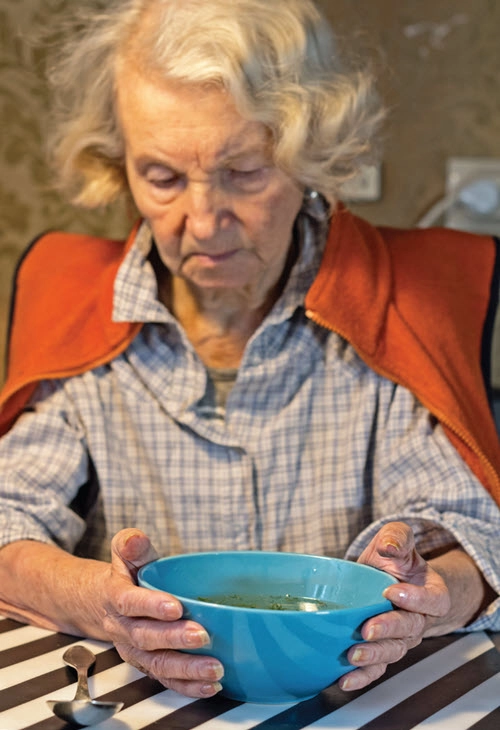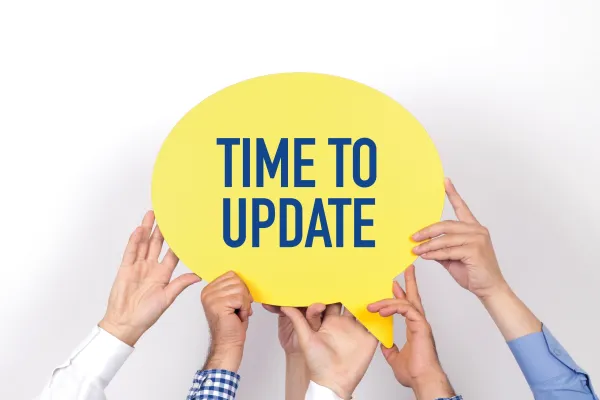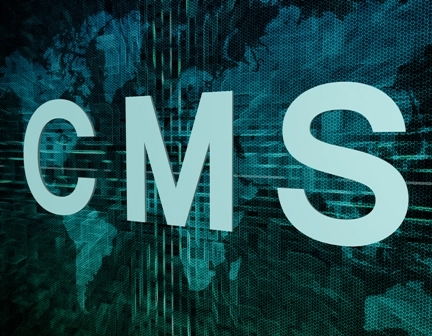Add SDoH Depth to Documentation With These New ICD-10 Codes
The 2022 revisions offer extra insight on Social Determinants of Health. On Oct. 1, you’ll be able to utilize several of the new ICD-10-CM code options that go into in Chapter 21: Factors influencing health status and contact with health services. Many of these codes focus on the social aspects of a patient’s life — also known as the Social Determinants of Health (SDoH) — and will help add clarity and context to your documentation. Note Housing Insecurity With These Codes In their continuing efforts to facilitate documentation of SDoH, the Centers for Disease Control and Prevention (CDC) has added a number of new codes to the existing Z59.- (Problems related to housing and economic circumstances) codes. Code Z59.0 (Homelessness) is now broken out to three codes: Additionally, “the CDC has broken out Z59.8 [Other problems related to housing and economic circumstances] into a number of new codes. You will now be able to document when a patient’s health is affected by housing instability, but the patient is currently not homeless, by adding sixth characters to Z59.81- [Housing instability, housed],” says Kent Moore, senior strategist for physician payment at the American Academy of Family Physicians. So, you will now be able to report: Synonyms for all the Z59.81- codes tell you that you can use them when a patient is dealing with problems due to a foreclosure on home loan, is past due on rent or mortgage, and/or has undergone unwanted multiple moves in the last 12 months. Confusingly, the CDC moved similar synonyms (“foreclosure on loan,” “isolated dwelling,” and “problems with creditors,”) that were originally assigned to what is now parent code Z59.8- to new code Z59.89 (Other problems related to housing and economic circumstances). Acknowledge Food Insecurity With These Code Updates The CDC has added two new codes to the Z59.4- (Lack of adequate food) code set, which address the health determinants based on lack of, or lack of access to, food. You’ll use Z59.41 (Food insecurity) when you come across documentation that indicates lowered food intake or eating schedules that are interrupted. The U.S. Department of Agriculture (USDA) defines food insecurity as, “food intake of household members is reduced and their normal eating patterns are disrupted because the household lacks money and other resources for food.” Find more USDA food insecurity statistics and tools at www.ers.usda.gov/topics/food-nutrition-assistance/food-security-in-the-us/definitions-of-food-security.aspx. Additionally, Z59.48 (Other specified lack of adequate food) is accompanied by synonyms such as “inadequate food” and “lack of food,” so you can be on the lookout for that verbiage in the physician’s notes. “Parent code Z59.4 gets a name change from ‘Lack of adequate food and safe drinking water’ to ‘Lack of adequate food’ with the synonym ‘Inadequate drinking water supply’ deleted. But to address that issue, you’ll have a new code, Z58.6 [Inadequate drinking-water supply], which is accompanied by the synonym ‘Lack of safe drinking water,’” Moore notes. Exclusion Note: The Excludes1 codes for the Z59.4- codes documenting effects of hunger (T73.0), inappropriate diet or eating habits (Z72.4), and malnutrition (E40-E46) will become Excludes2 codes, with deprivation of food (T73.0) added to the list. Coding alert: “The Z59 code changes are going to be important moving forward, as they directly relate to the moderate level of medical decision making [MDM] for the office/outpatient evaluation and management [E/M] codes 99202-99215 [Office or other outpatient visit for the evaluation and management of a new/established patient …],” observes Donelle Holle, RN, president of Peds Coding Inc., and a healthcare, coding, and reimbursement consultant in Fort Wayne, Indiana. That’s because “one of the examples of moderate risk in the risk of complications and/or morbidity or mortality element of MDM for those codes is SDoH significantly limiting a patient’s diagnosis or treatment,” Holle adds. Keep Current on New Z-Code Guidelines The CDC has also updated and revised the guidelines on how to document SDoH findings. You’ll find the following guidelines under Section I.C.21.b of the ICD-10-CM Official Guidelines for Coding and Reporting, “Codes describing social determinants of health (SDoH) should be assigned when this information is documented.” If the patient is experiencing potentially hazardous health conditions that relate to their socioeconomic or psychological circumstances, you may assign codes based on the medical record documentation from clinicians who are not the patient’s provider, as this information constitutes social information. This suggests you may use “documentation of social information from social workers, community health workers, case managers, or nurses, if their documentation is included in the official medical record.” You are also allowed to assign codes to self-reported SDoH, as long as a provider or clinician approves the information and incorporates it into the medical record.





